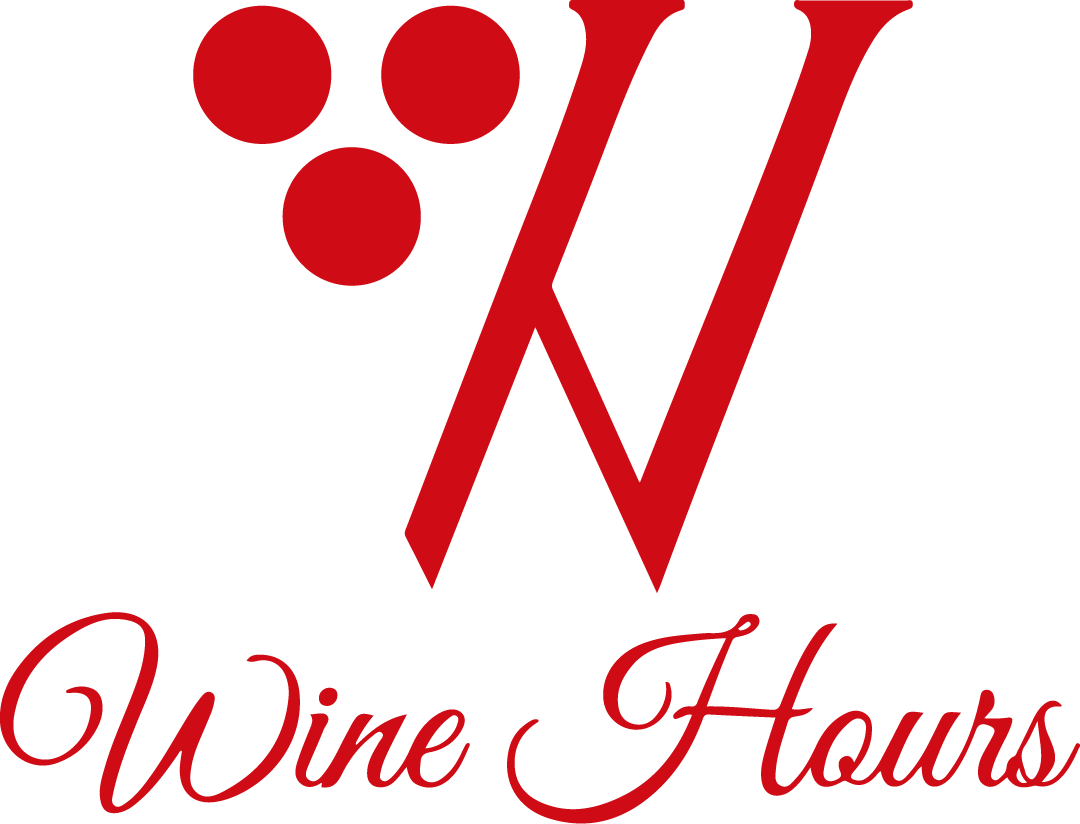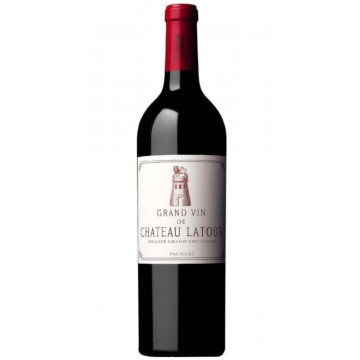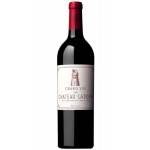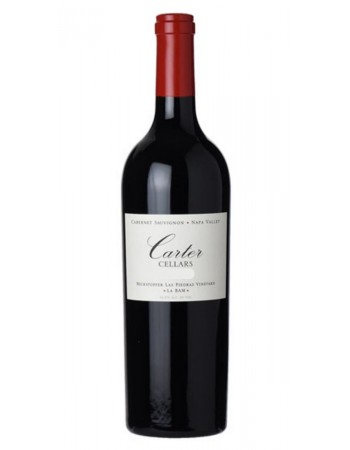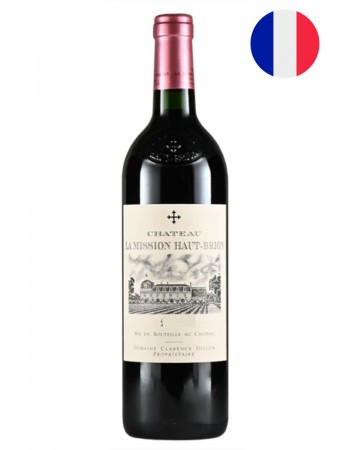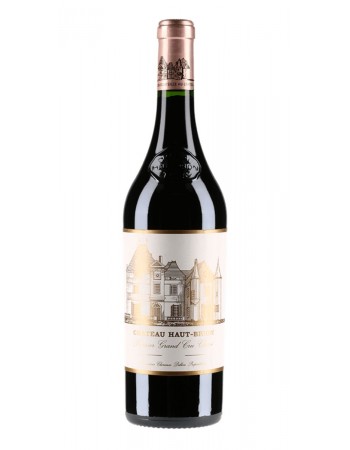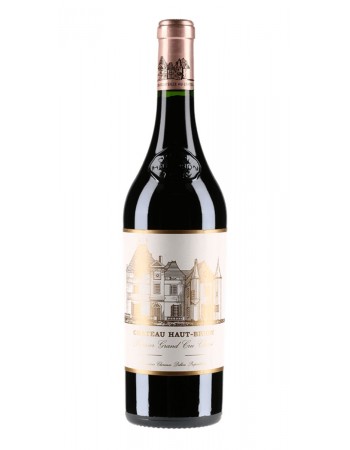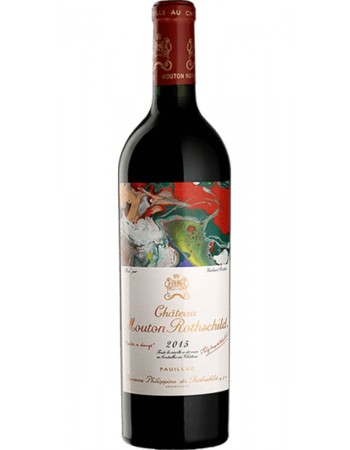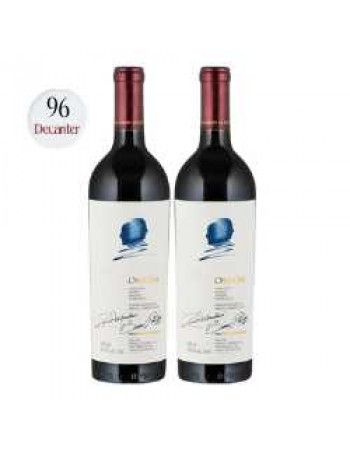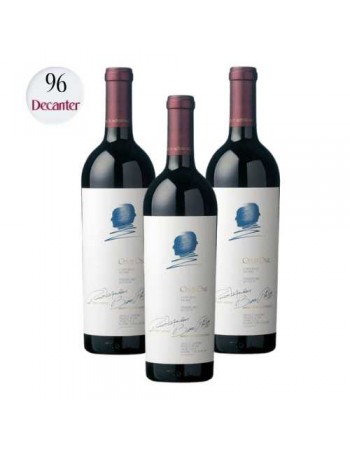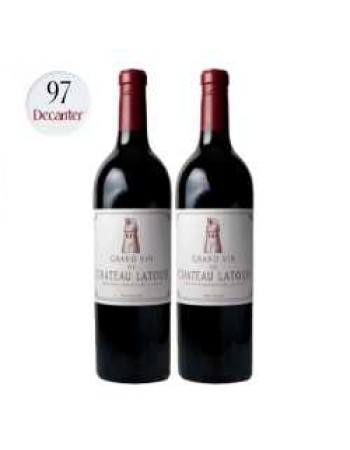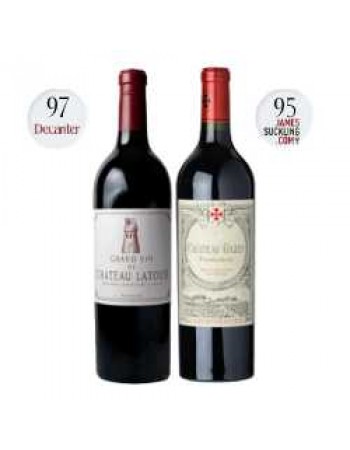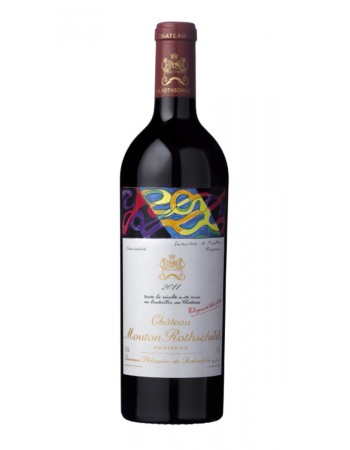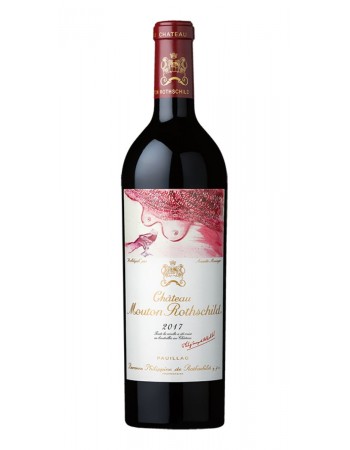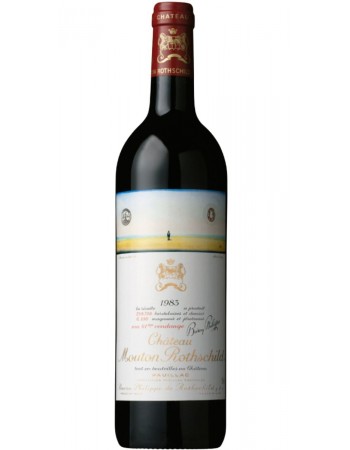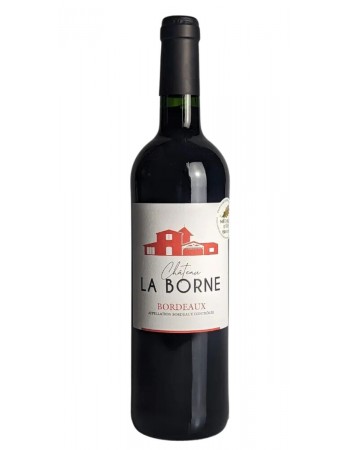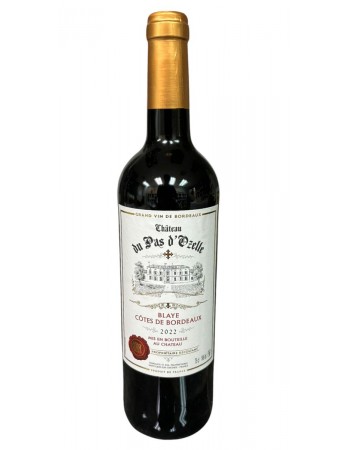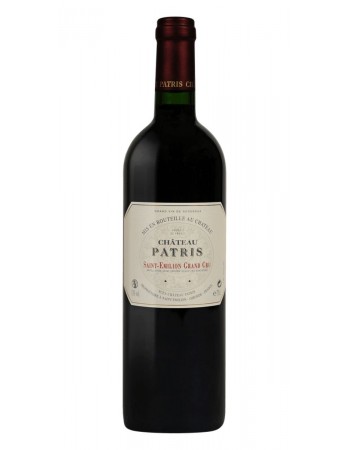2013 Chateau Latour Grand Vin Pauillac
-
S$90395

Vintage: 2013
Region: Pauillac, Bordeaux
Country: USA
Winemaker Notes
Château Latour itself dates back to the 14th century but the start of its history producing wine really began with the arrival of the Ségur family who, for a time, were also owners of Lafite. Latour's vineyards are situated in the south of the Pauillac appellation, bordering St Julien and are nearer to the Gironde estuary than any other 1st Growth. The micro-climate afforded by its close proximity to the Gironde and the excellent drainage of the gravel soils, which are particularly deep here, contribute to the incredible elegance of the wines.
About Winery
At the beginning of the eighteenth century, Chateau Latour started to be highly recognized around the world, thanks to the reconquest of the British market and the development of the wine business in Northern Europe. The aristocracy and other wealthy groups of consumers became very enthusiastic about a few great estates, of which Latour was one. And that was how Thomas Jefferson, ambassador of the United States in France, and future President, discovered this wine in 1787. At that time, a cask of Chateau Latour was already worth twenty times as much as one of ordinary Bordeaux wine.
The reputation of Chateau Latour was consolidated during the 19th century. It was confirmed in 1855, when the government of Napoléon III decided to classify the growths of the Médoc and the Graves for the International Exhibition in Paris: Chateau Latour was classified as a First Growth. The existing chateau was built during this "Golden Age", between 1862 and 1864.
Château Latour is one of Bordeaux's – and the world's – most famous wine producers. It is situated in the southeast corner of the Pauillac commune on the border of Saint-Julien, in the Médoc region. Rated as a First Growth in the 1855 Bordeaux Classification, it has become one of the most sought-after and expensive wine producers on the planet, and produces powerfully structured Cabernet Sauvignon-dominant wines capable of lasting many decades.
Typically for the region, Cabernet Sauvignon dominates in the vineyard, accounting for around 80 percent of plantings. Merlot makes up most of the remainder, and there are also small amounts of Cabernet Franc and Petit Verdot.
Winemaker Notes
Château Latour itself dates back to the 14th century but the start of its history producing wine really began with the arrival of the Ségur family who, for a time, were also owners of Lafite. Latour's vineyards are situated in the south of the Pauillac appellation, bordering St Julien and are nearer to the Gironde estuary than any other 1st Growth. The micro-climate afforded by its close proximity to the Gironde and the excellent drainage of the gravel soils, which are particularly deep here, contribute to the incredible elegance of the wines.
About Winery
At the beginning of the eighteenth century, Chateau Latour started to be highly recognized around the world, thanks to the reconquest of the British market and the development of the wine business in Northern Europe. The aristocracy and other wealthy groups of consumers became very enthusiastic about a few great estates, of which Latour was one. And that was how Thomas Jefferson, ambassador of the United States in France, and future President, discovered this wine in 1787. At that time, a cask of Chateau Latour was already worth twenty times as much as one of ordinary Bordeaux wine.
The reputation of Chateau Latour was consolidated during the 19th century. It was confirmed in 1855, when the government of Napoléon III decided to classify the growths of the Médoc and the Graves for the International Exhibition in Paris: Chateau Latour was classified as a First Growth. The existing chateau was built during this "Golden Age", between 1862 and 1864.
Château Latour is one of Bordeaux's – and the world's – most famous wine producers. It is situated in the southeast corner of the Pauillac commune on the border of Saint-Julien, in the Médoc region. Rated as a First Growth in the 1855 Bordeaux Classification, it has become one of the most sought-after and expensive wine producers on the planet, and produces powerfully structured Cabernet Sauvignon-dominant wines capable of lasting many decades.
Typically for the region, Cabernet Sauvignon dominates in the vineyard, accounting for around 80 percent of plantings. Merlot makes up most of the remainder, and there are also small amounts of Cabernet Franc and Petit Verdot.
95 points James Suckling
 Very enticing sweet tobacco, cedar, tar and blackcurrant on the nose with hints of black mushrooms and violets. It’s full-bodied with layers of ripe tannins that are still slightly chewy, but show poise and focus. Juicy finish with a berry, iodine and walnut aftertaste. Just a touch of austerity at the end. Savory. Clearly one of the top wines of this very difficult vintage, along with Margaux and Lafleur.
Very enticing sweet tobacco, cedar, tar and blackcurrant on the nose with hints of black mushrooms and violets. It’s full-bodied with layers of ripe tannins that are still slightly chewy, but show poise and focus. Juicy finish with a berry, iodine and walnut aftertaste. Just a touch of austerity at the end. Savory. Clearly one of the top wines of this very difficult vintage, along with Margaux and Lafleur.  (4/2021)
(4/2021)
94 points Decanter
 Very deep in colour, this is muted on the nose, though with black fruits lurking in the background. A compact wine with firm tannins, this also has a welcome juiciness to balance the solid structure. It shows Latour grip and typicity, though on a more modest scale than usual. (SB)
Very deep in colour, this is muted on the nose, though with black fruits lurking in the background. A compact wine with firm tannins, this also has a welcome juiciness to balance the solid structure. It shows Latour grip and typicity, though on a more modest scale than usual. (SB)
